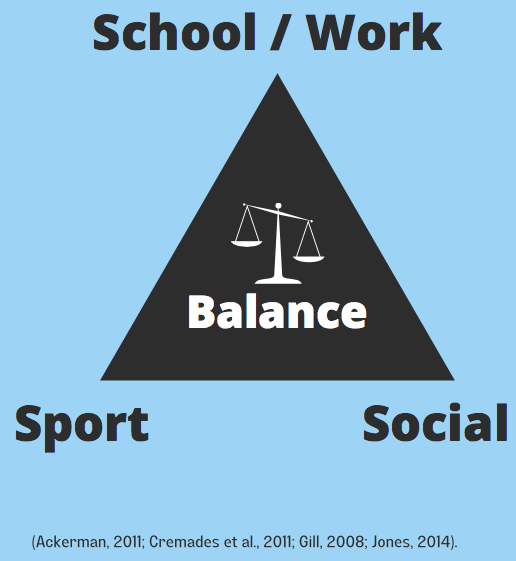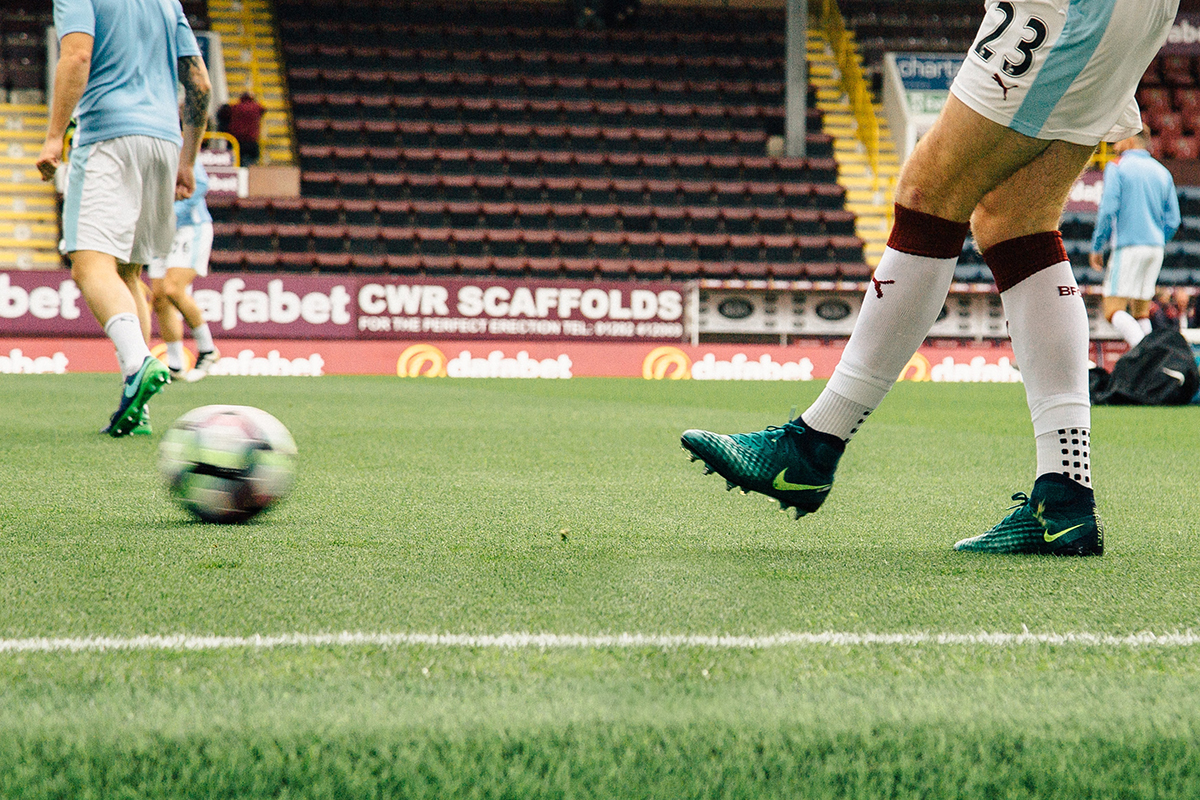Ritual in Sport
Competitive Athletes & Mental Illness
Competitive athletes are considered a vulnerable population for mental illness due to life stressors in addition to competing in sport.
Stressors include:
- Stigma associated with mental illness in sport (e.g. athletes are tough and resilient)
- Fear of failure
- Status within sport (e.g. starter or 2nd string)
- Balancing finances to afford treatment
- Limited time to use for personal life outside of sport

Common Themes
Athlete Study Findings
- 21% of elite athletes met diagnostic criteria for depression (Beable et al., 2017)5.2% prevalence rate for OCD for collegiate athletes (Cromer et al., 2017)
Depression & Anxiety
- Amongst the most common disorders in competitive athletes
- Over 5.2% prevalence rate of OCD in athletes (Cromer et al, 2017)
- More than double that of the general population (2.3%)
- In addition to other common disorders athletes experience
- Substance abuse
- Eating disorders
Uncertainty & Doubt
Depression, OCD and generalized anxiety disorder are all directly associated with uncertainty and doubt (Gentes & Rucio, 2011). If an individual has a lower perception of control (doubt & uncertainty), they are more likely to engage in superstitious behaviors (rituals) (Zebb & Moore, 2001).
Need for Control
Competitive athletes often struggle with perfectionism, engage in superstitious behaviors, and show characteristics of over-responsibility. All of these signal a need for control (Cromer et al., 2017).
Superstitious Behaviors
Superstitious behaviors give athletes a sense of control. But what if you have OCD?
Superstitions & OCD
- Thoughts may get sticky
- One ritual may become extensive if OCD latches on
- May do more harm than good
Superstition
- Checking shoe to make sure it is tight one time
- Listening to the same song before every game
- Wearing your lucky socks every game
These superstitions take little to no time and are not considered distressing to individual
Compulsion
- Checking shoes more than one time and getting stuck waiting for a just-right feeling
- Feeling panic if interrupted listening to pre-competition song/having to start it over
- Now have to wear same socks, use same shampoo, tap same door, high-five same teammate before every game
The superstitions became excessive and time-consuming. It would be distressing if could not engage in the rituals
Pre-performance routines are not always bad
Not all pre-performance behaviors are compulsions.
If you are a runner with a sensitive stomach, but you know that eating oatmeal before a race does not irritate your stomach, you may not want to try a new food right before your race. If you normally do drills and stretch before a game, that is a helpful activity that will warm you up and make you feel ready.
It is when these behaviors become excessive and time-consuming with zero margins for error that one has to be careful.
What to do
If you notice superstitious behaviors are getting sticky, challenge it. Try leaning into an exposure or make a plan with an ERP provider.
E.g. 1: If you re-tie shoes five times before game, start by shooting for four times and work your way down. Lean into uncertainty!
E.g. 2: Work on a hierarchy with your provider to eliminate rituals.
Why do it?
Excessive rituals can become exhausting. This may increase risk of burnout and make you dread your sport.
Without appropriate treatment, we know OCD symptoms are at risk of increasing and can become debilitating. Keeping OCD in check can help you enjoy your sport while keeping you present/ focused on what matters.
Resources
- Ackerman, S. R. (2011). Attitudes toward Help-Seeking and Mental Health among College Athletes: Impact of a Psycho- educational Workshop (Order No. 3472683). Available from ProQuest Dissertations & Theses Global. (890231086).
- Cremades, J. G., Wated, G., & Wiggins, M. S. (2011). Multiplicative measurements of a trait
anxiety scale as predictors of burnout. Measurement in Physical Education and Exercise Science, 15(3), 220-233. - Cromer, L., Kaier, E., Davis, J., Stunk, K., & Stewart, S. E. (2017). OCD in college athletes. American Journal of Psychiatry, 174(6), 595−597.
- Gentes, E. L., & Ruscio, A. M. (2011). A meta-analysis of the relation of intolerance of uncertainty to symptoms of generalized anxiety disorder, major depressive disorder, and obsessive–compulsive disorder. Clinical psychology review, 31(6), 923-933.
- Gill, E. L. Jr. (2008). Mental health in college athletics: It's time for social work to get in the game. Social Work, 53(1), 85– 88. https://doi.org/10.1093/sw/53.1.85
- Jones, T.-V. (2014). The impact of hypermasculinity on mental health attitudes among high-collision athletes (2014- 99110-466) [ProQuest Information & Learning].
- van der Merwe, A. S. (2016). The mental game: Superstitions, rituals, and mental control in competitive athletes. ProQuest Dissertations Publishing.
- Zebb, B. & Moore, M. (2001). Superstitiousness and perceived anxiety control as predictors of psychological distress— ScienceDirect. https://www-sciencedirect-com.ezproxy.baylor.edu/science/article/pii/S0887618502001767



